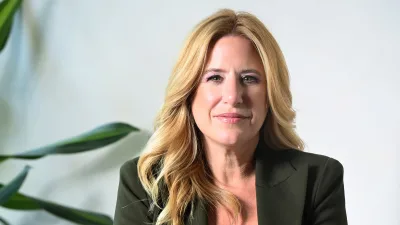Gender pay gap falls to record low



The Workplace Gender Equality Agency (WGEA) finds the gender pay gap has reached a record low.
In its annual update on the state of workplace gender equality to date, the average remuneration gender pay gap saw a 1.1 per cent decline to 21.7 per cent in 2023.
This was down from 22.8 per cent in 2022, the second-largest annual drop since the WGEA began collating employer data in 2014.
In other terms, women now earn 78 cents for every dollar men earn in Australia. While the average annual pay difference between women and men has decreased to $1,322, a gap of $26,393 still persists.
The decrease is positive news after momentum stalled between 2020–21 and 2021–22 during the COVID-19 pandemic.
WGEA said the downward movement this year can be attributed to an increase in the proportion of women in management and upper pay quartiles.
Mary Wooldridge, WGEA chief executive, said: “Increased discussion and debate around gender equality, a tight labour market and impending legislative reform have helped drive action on workplace gender equality over the last year.
“We also see the proportion of women being promoted and appointed at manager level is higher than the proportion of women managers overall. As this trend continues, we can expect to see the gender pay gap continue to fall.”
The CEO described this as a promising signal that employers are increasingly implementing gender equality as a core business measure and are taking visible action.
However, Wooldridge observed other trends which are impeding on additional change being made.
Every industry and almost three-quarters of employers have a gender pay gap of larger than 5 per cent in favour of men. Construction has the highest gender pay gap, with an average gender pay gap of 28.3 per cent.
“The management opportunities for part-time employees are negligible; the number of men taking paid primary carer parental leave has barely shifted; and the number of women in CEO roles and on boards has stagnated,” she noted.
The WGEA gender scoreboard covers 4.8 million Australian employees and provides a starting point for businesses to reconsider their performance in comparison to industry peers.
Last week, the Financy Women’s Index (FWX) also saw the largest growth in the last two years. The rise to 78.1 points in the September quarter from 76.6 points in the June quarter reflected further advancement towards Australian economic equality.
According to Financy, this improvement was driven by improving female underemployment and more women studying in higher paying fields.
Recommended for you
Equity offerings should be “seriously considered” by advice firms if they want to attract experienced advisers with the option viewed as a major differentiator for candidates seeking their next role.
DASH Technology Group has enacted two internal promotions, appointing a chief risk officer and chief commercial officer to strengthen the firm’s governance and operational capabilities.
The Stockbrokers and Investment Advisers Association has announced the appointment of its new chief executive following the exit of Judith Fox after six years.
Insignia Financial has appointed an experienced financial advice leader as head of education and advice on its Master Trust business, who joins from Ignition Advice,











